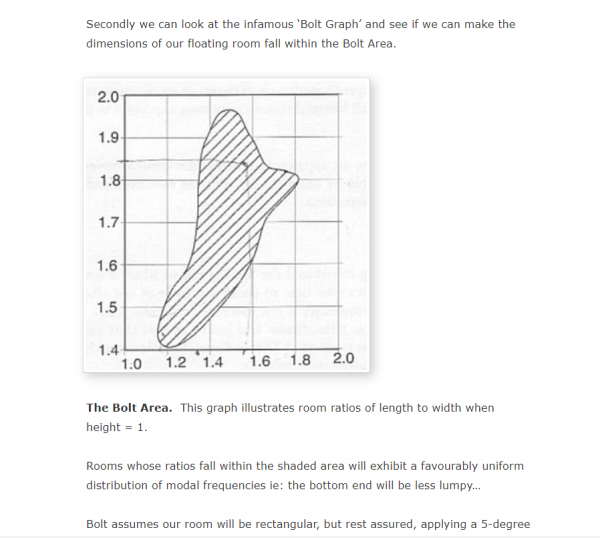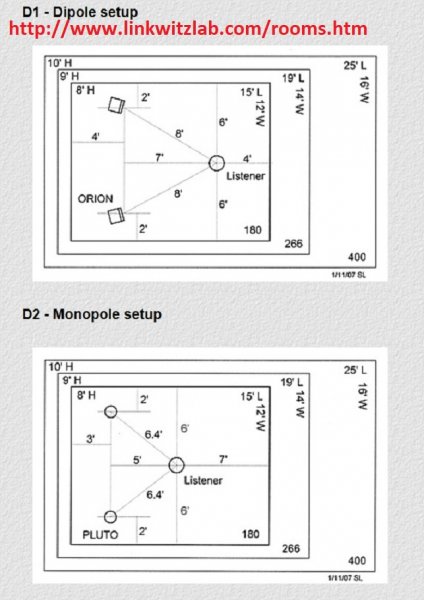I've seen this sort of geometry used in recording studio builds. Having the non-parallel side walls further apart at the back of the room than at the front of the room tends to direct the first sidewall reflections behind the main listening area. In other words this is an effective technique for minimizing early sidewall reflections WITHOUT absorbing them, so that energy survives to become later-arriving reflections after another bounce or two.
Imo this avoidance of early sidewall reflections effectively "disrupts" the small-room-signature which would normally tend to super-impose itself atop all of the recordings. So you hear "less of the room", but because the room is using geometry instead of absorption to accomplish this, the reverberant field is still strong enough for you to hear "more of the recording venue". Indeed this is one of the reasons WHY recording studios often use this type of room geometry: So that the engineers can clearly hear the recording venue cues on the recording, instead of having those venue cues (whether real or synthetic) masked by the acoustic signature of the much smaller room they are mixing or mastering in.
Yes Duke. Absorption is typically applied to the 2nd reflection points and in a trapezium the rear is diffused. The wall splay which has a minimum effectivity of 2" for every 10' of length is the rarest in use but has proven to be very effective. Many forget that reflection whem used to re-direct ttop end energy is also an option. The same principle can be used in a rectangular room with an array of slanted panels running down the sides of the first 2/3rds of a room.



